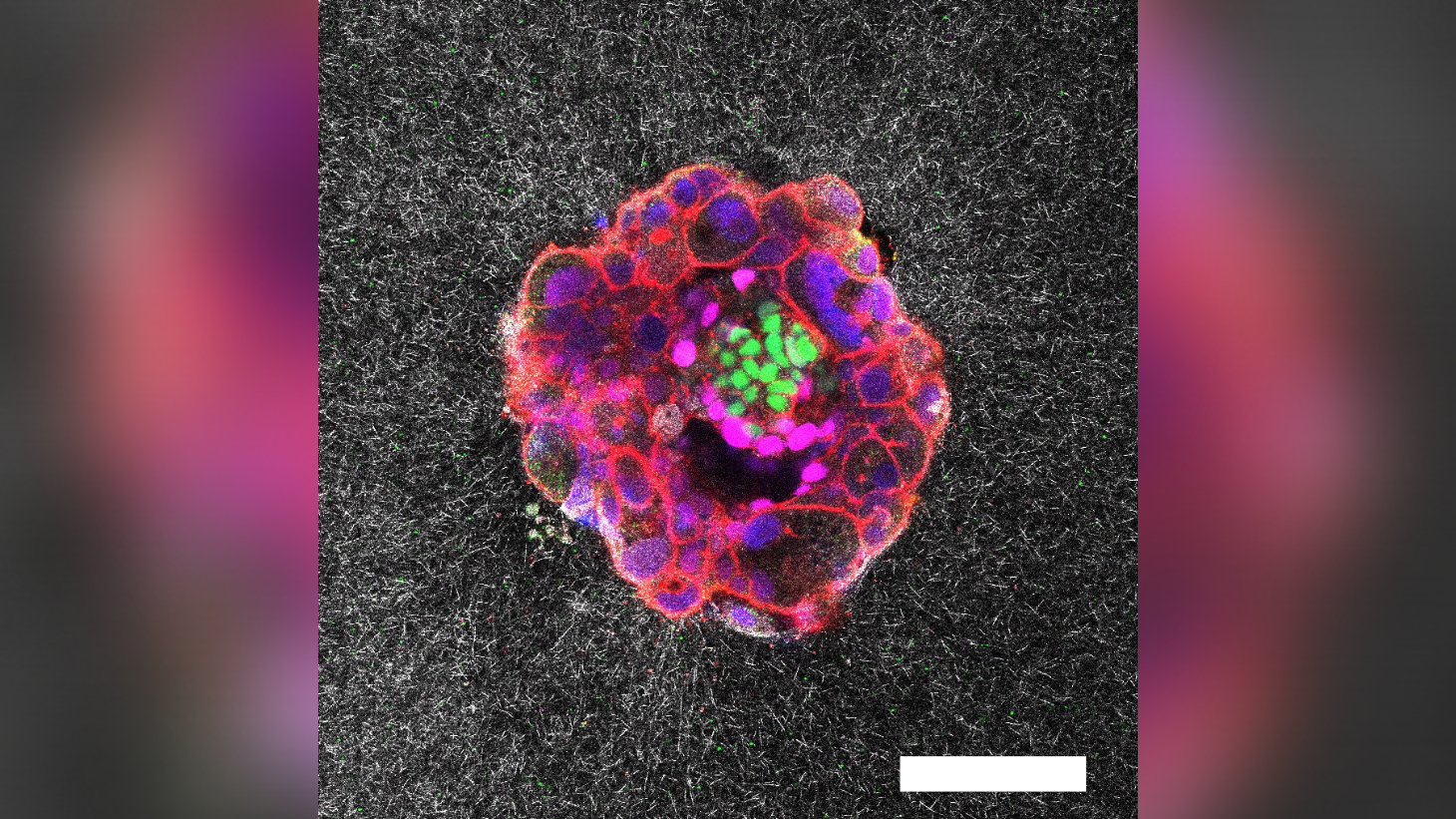Is the Hope Diamond Really Cursed?

Legend has it that the infamous Hope diamond brings misfortune to whoever owns it. Well, the Smithsonian National Museum of Natural History added the magnificent sky-blue gemstone to its collection 53 years ago today (Nov.10), and the institution has fared just fine so far.
As the museum states on its website, it "appears to have maintained the Hope curse-free."
So what's the evidence that the Hope diamond is cursed?
There are plenty of stories of the stone's owners meeting horrible fates, but scholars tend to believe that many of these tales were cooked up or embellished on, at one time or another, by the gem's various owners, in hopes that an incredible history would fetch the diamond a better price in a sale. The diamond has changed hands many times, and for a few periods in its life, the name of the owner is lost to history.
Here, we'll focus on the people who owned the rock for the most significant chunks of time, and whose fates historians can confirm.
The most commonly accepted origin of the curse dates back to 1653, when a French merchant named Jean Baptiste Tavernier obtained the original 115-carat blue diamond in India. The story goes that Tavernier plucked the gem from one of the eyes of a Hindu idol and, for this sacrilege, was later mauled to death by dogs. In fact, the story is a myth: Tavernier returned to France and sold the gem to King Louis XIV for a pretty penny, after which he retired to Russia and died peacefully there. Scholars even question how Tavernier came upon the gem, as a second diamond never turned up, and no one else ever found the statue in question.
Louis, too, escaped misfortune despite his ownership of the "French Blue," as the Hope was then called. However, one of Louis' descendants who inherited the stone was not as lucky. King Louis XVI and his queen, Marie Antoinette, lost their heads to the guillotine during the French Revolution, and their crown jewels – including the diamond – were ransacked by thieves. [How Are Fake Diamonds Made?]
Get the world’s most fascinating discoveries delivered straight to your inbox.
A cut-down piece of the French Blue resurfaced in London two decades later, and the financier Henry Philip Hope bought it in 1839 (the diamond is now known by the family's name). The stone's "curse" skipped over Henry but came down with a vengeance on a descendant, Lord Francis Hope. After Lord Francis received his inheritance at the age of 21, he married an American showgirl named Mary Yohe and lived so far beyond his means that he was eventually forced to sell the magnificent diamond and declare bankruptcy. The showgirl ran off with one of his rivals and eventually died in poverty.
The Hope diamond exchanged hands a few times before American jeweler Pierre Cartier obtained it, and again the "curse" skipped him. In fact, historians suspect Cartier embellished some of the curse rumors to entice the diamond's next buyer, the glamorous Washington socialite Evalyn Walsh McLean, who became the modern poster child for the stone's curse.
McLean and her husband obtained it in 1912 and proceeded to lead a notably tragic life. Her young son was killed in a car accident, and her daughter committed suicide. Her husband left her for another woman and eventually ended up in an insane asylum. In the words of the Smithsonian, "More than anyone, Evalyn Walsh McLean became the poster child for the Hope diamond's legendary curse."
The jeweler Henry Winston bought the diamond from McLean's estate and avoided its curse, eventually selling it to the Smithsonian National Museum of Natural History in 1958. The museum, too, did well — attendance grew and the museum is now home to one of the world's finest gem collections — but James Todd, the postman who delivered it, did indeed meet with misfortune: He was hit by a truck (not fatally), his wife and dog died not long after, and his home caught fire.
Perhaps the museum is lucky to be one of the owners spared the wrath of the Hope diamond. Or perhaps there is no ruinous curse at all. That's what its market value would imply, anyway: Today the sky-blue gem is worth a quarter of a billion dollars.
This article was provided by Life's Little Mysteries, a sister site to LiveScience. Follow us on Twitter @llmysteries, then join us on Facebook.


